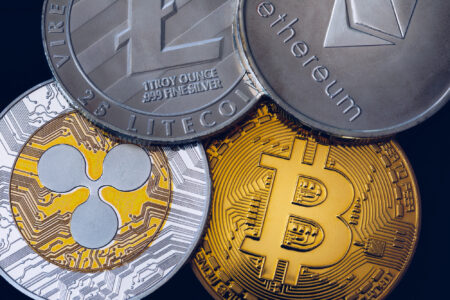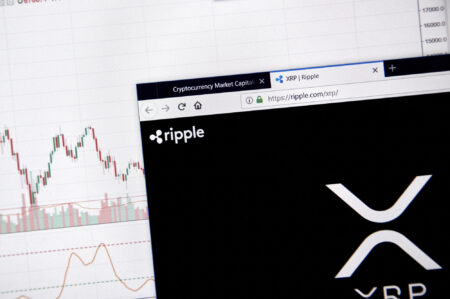The summer heat may be on, with recent headlines appearing to move the crypto asset markets. In the background, traditional finance continues to explore digital assets. Regulated digital asset services are giving clarity and making this possible, even as authorities are voicing concerns.
The institutional sector moves are not nearly as transparent as a provocative headline about one major exchange. Thankfully, professional investors today can tap into a dozen or more exchanges and a growing liquidity network – which becomes increasingly important with volume increases like this week. Institutional participants that are evolving with the crypto markets – and their clients – provide definite advantages over trading on one exchange or platform.
Important steps by established players
With the growing institutional offering in crypto assets, these are the key areas evolving from our perspective, with examples of major, recent entrants in each:
Crypto asset offering for a traditional retail and institutional investors
- Morgan Stanley was the first big US bank to offer bitcoin funds – and released a report on cryptocurrency as an investable asset class
- JP Morgan allows to access a few crypto asset funds
- Fidelity intends to launch its own bitcoin exchange-traded fund
- TP ICAP, Fidelity Investments, and Standard Chartered’s SC Ventures will launch a crypto asset trading platform
- Deutsche Bank plans to offer crypto custody
Digital asset infrastructure for regulated financial intermediaries
- Deutsche Börse and Crypto Finance are building a trusted and fully regulated digital asset ecosystem for institutional investors
- NCR Corporation and NYDIG to offer crypto assets to a network of 650 banks
- Interactive Brokers plans to offer crypto asset trading
- DBS to launch its own digital exchange
The first of multiple bridges for institutional participants to explore new DeFi investment and yield opportunities
- Metamask to provide institutional wallet and access to the DeFi ecosystem
- Compound launched a 4% treasury account
- Aave to offer decentralised institutional DeFi lending through Aave Pro
- Codefi to offer institutional staking
- Sygnum and Crypto Finance build the first bridge: regulated trading, storage and management for DeFi tokens
- GenTwo Digital and Crypto Finance offer tokenisation solutions
It is not a coincidence that Swiss digital asset providers are prominent on in this list: their lead in wealth management and their international investor base provide fertile ground for innovation in digital assets. And, of course, having early regulatory clarity is a further catalyst.
Crypto regulation in Switzerland
Swiss Parliament made this regulatory clarity possible with a new law that addresses blockchain and distributed ledger technology. Their objective is for Switzerland to remain a key market for fintech, blockchain, and DLT business. This new legal framework enters into force in two steps in 2021: in February the issuance of DLT securities were made possible. As of 1 August, the remaining regulations become effective and address uncertainty in civil, insolvency, financial market, and international private law, as well as anti-money laundering regulations. This includes a new DLT Trading Facility licence type that benefits security token exchanges and other trading venues, a clearer and lighter regulatory framework for digital asset custody providers, and a civil law concept for asset tokens that benefits security token issuers.
Specifically, these elements are coming into force on 1 August 2021:
- DLT trading systems are officially added the list of financial market infrastructure and a licence for DLT trading facilities is introduced. Small DLT-based trading facilities will granted some beneficial treatment based on the principle of proportionality.
- The law gives the basis for crypto assets to be segregated in the event of bankruptcy, increasing legal certainty in insolvency law.
So as the European August summer vacation month starts, we hope you enjoy the sources above to read about the developments ahead for digital assets in the second half of 2021.




